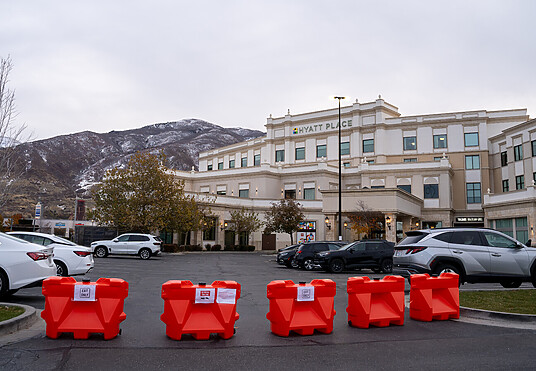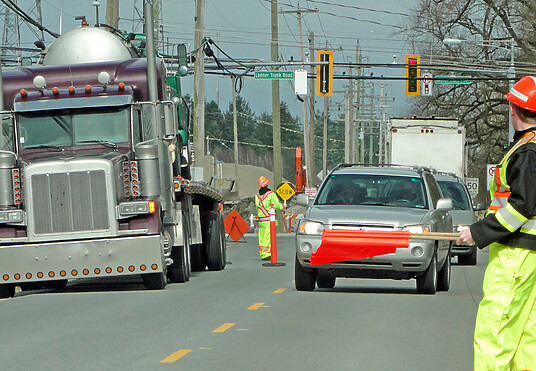4 Types of Traffic Barriers for Your Roadway Project
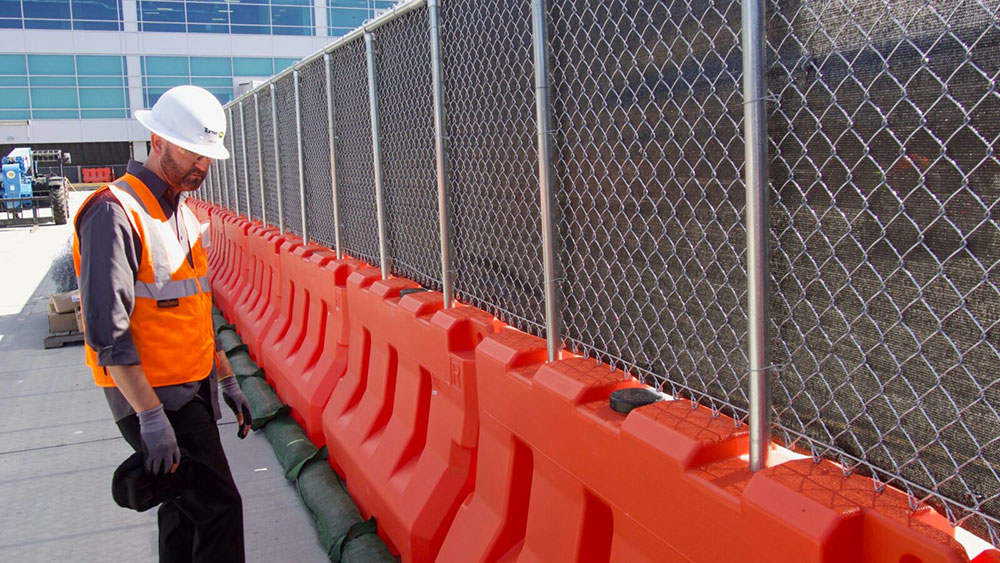
When a company has to complete a project near a roadside, traffic control and safety are a priority. It is essential that companies work to ensure the safety of their employees working on the roadside project, any pedestrians in the area, and all motorists passing on the road. This means they will need their on-site equipment used to be versatile and effective at preventing or limiting the damage caused by accidents, particularly for construction projects that occur on highways or other high-speed areas. With all that in mind, here are four different types of traffic barriers that construction companies may use on a roadway project:
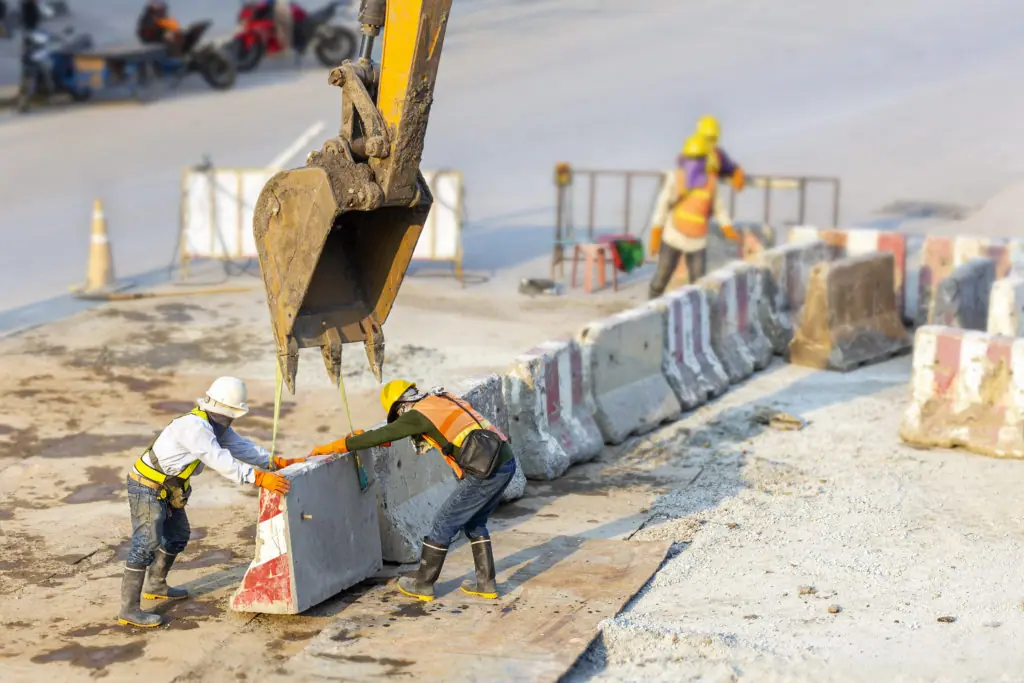
Concrete Barriers
For many years, construction companies relied on concrete barriers for virtually all of their roadside construction operations. While concrete barriers are very durable and sturdy, they do present a number of potential challenges. Concrete barriers are not very portable, so moving and rearranging concrete barriers is difficult — if not impossible — in some instances. Concrete barriers also require extensive installation time and effort. Also, because most concrete barriers are gray, they may not provide adequate visibility for drivers. They also don’t limit the impact of certain car accidents like the next type of barrier…
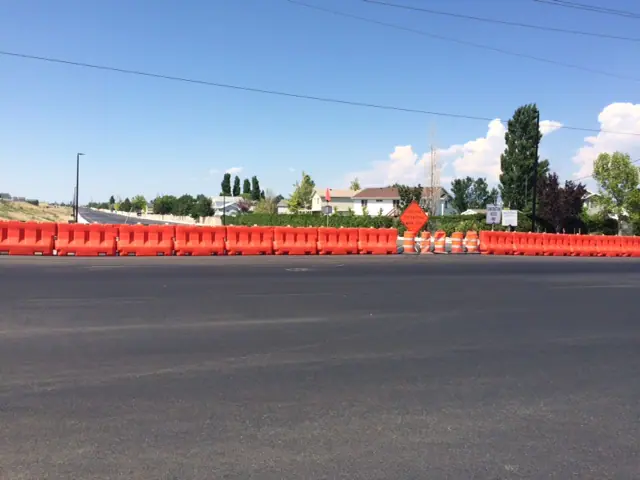
Longitudinal Channelizing Devices (LCDs)
Longitudinal Channelizing Devices (LCDs) were first developed in the early 2000s as an alternative to concrete barriers. Unlike concrete barriers, LCDs are made from high-density polyethylene and are ballasted with water when deployed along roadsides. In practice, LCDs act to soften the damage of car accidents by absorbing impact and cutting down on the G-forces felt by drivers and passengers in a car. Additionally, LCDs come in a variety of shapes and sizes, they have the ability to form continuous lines by connecting together, and they are usually produced in a bright color –– most notably safety orange.
Many LCDs are approved for roadside use in high-speed areas. For instance, our 42-inch Jersey Shape construction barrier is TL-3 tested and approved.
Traditional Plastic/Pedestrian Barriers
In addition to barriers designed to direct traffic and prevent car accidents, many construction sites require additional barriers to protect pedestrians. A Jersey Barrier is a good example of a product that is perfect for use in both low-speed traffic areas and for blocking pedestrians from entering a restricted zone. Like its LCD counterparts, these plastic barriers are easy to move, install, break down, and connect to form a continuous wall.
Other Barrier Types
Though it is not recommended often, some roadside projects may require drums and cones to delineate lane shifts and designate construction zones. (Of course, plastic barriers are able to perform the same functions much more effectively.)
Some construction sites may benefit from additional barrier fence panels that can be attached to barricades or LCDs. These fence panels provide an extra layer of security and protection, and may also be customized to feature company logos for the purpose of advertising.
Contact the Pros
Finding the right barriers for your next roadside project is essential. Not only do roadside barriers provide vital safety measures, but investing in plastic barricades could help your company save time and money as well. At OTW Safety, we specialize in plastic barriers, and we’ll work with you to find the ideal solution to suit your needs. No matter where you’re located, Nebraska to Oregon or Maine to Florida, we can help. We manufacture and sell our products directly, so contact us here for more information!
